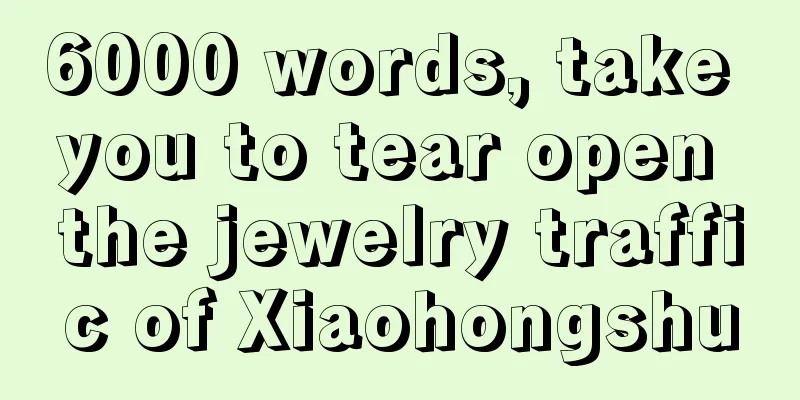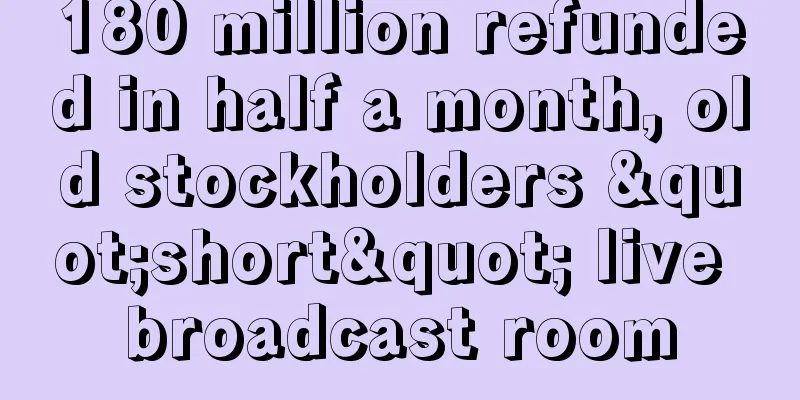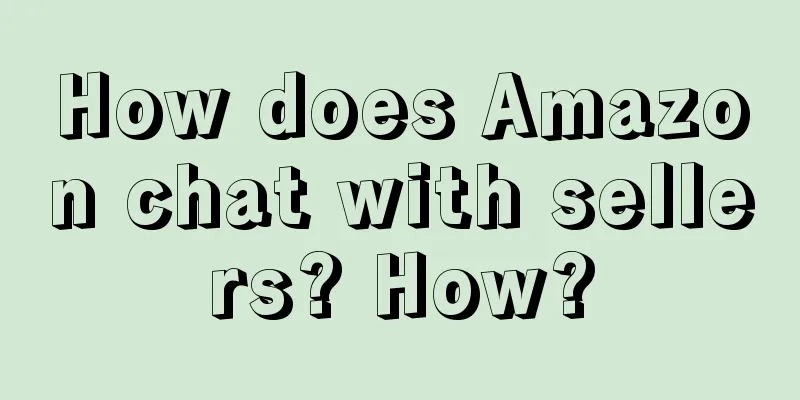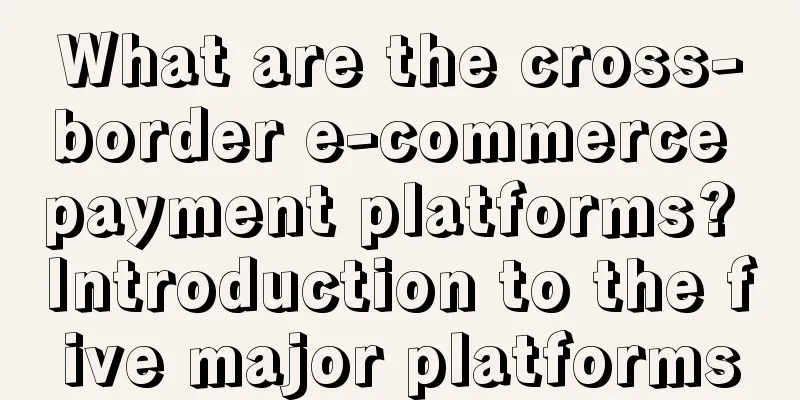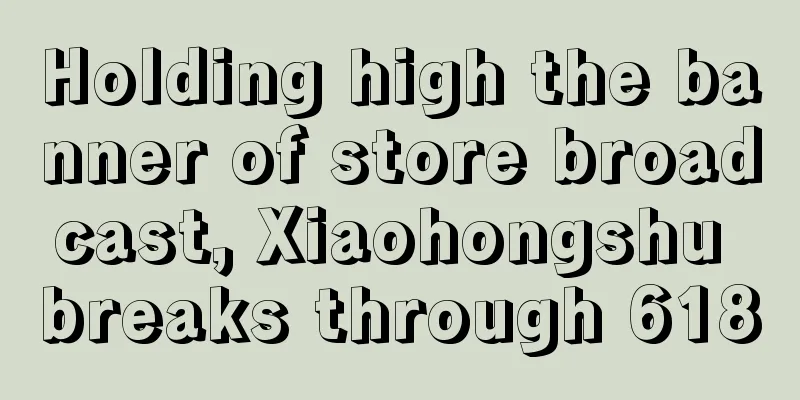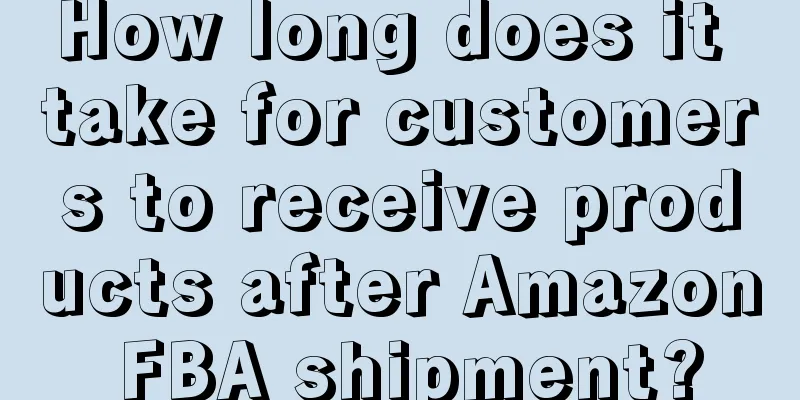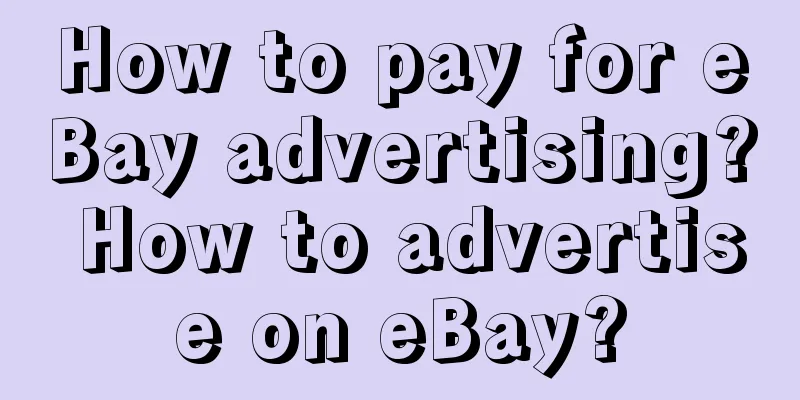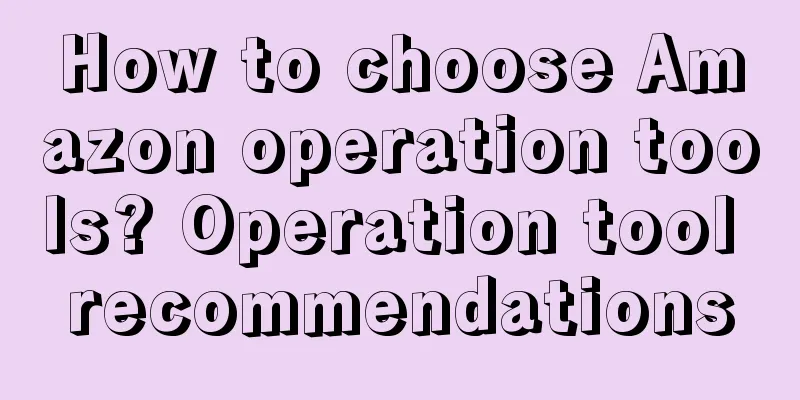Why do customers still not buy even though you lowered the price?
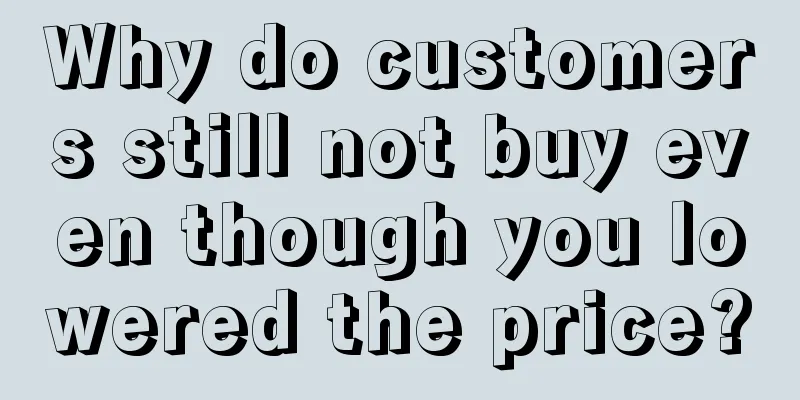
If you can understand this article, you will naturally understand why not many people will buy your product even if the price is reduced! In fact, it is not just the price that determines whether people will pay... Next, I will explain and point it out to you from the bottom up... 1. The fundamental reason why customers are “greedy for bargains”Human nature is greedy, including you and me. You can recall: How many times have you impulsively purchased a membership on a platform just to get a few coupons, and ended up being locked into a certain APP? How many times have we stayed up late in front of the computer waiting for midnight for Double Eleven to grab a limited edition item? So please ask:
Yes and no! Because price impulse is just a superficial factor, it's just a few yuan or a dozen yuan. If you are happy, you won't even blink an eye when you buy something that costs a hundred yuan more... How is it possible that the merchant can control your behavior just because of a dozen dollars? What really makes people want to buy is not just the price. You cannot simply expect to increase sales by lowering prices. Price is only a superficial phenomenon that makes people impulsive; The underlying logic is actually at the psychological level, which is the superposition of two factors: "price" and "psychology"! What you lack is not those few dollars; What you lack is the psychological satisfaction of getting a few dollars cheaper than the original price every time you shop, plus the fact that the price is cheaper; When these two feelings are combined, the subtle feeling that arises in your heart cannot be expressed in words. This is because of the chemical reaction produced by the dopamine secreted by the brain. I call it the "feeling of pleasure" in your heart. So many teachers will tell you that customers don’t buy cheapness, they buy the feeling of getting a bargain… But none of them pointed out the fundamental reason. If you don’t understand the underlying principle, you won’t be able to design a “game” that will make customers buy because of “price impulse.” 2. Price TrapThrough the above analysis, I don’t know if you understand that what customers buy is not just the preferential price, but the subtle feeling in their hearts. The so-called "price impulse" is just a phenomenon that appears on the surface. Real price reduction must be considered and designed from the customer's psychological level. Just like you won’t buy a 30,000 yuan diamond ring just because it’s 30 yuan off, but you will buy it everywhere because you get a 30 yuan discount on purchases over 300 yuan… The human brain can intuitively perceive the ratio between price and discount. When people feel that the gap is too big, they will not have any impulse in their hearts. There is another trick when designing a price trap. Let’s take an example. If you sell 200 products, you say buy today and get 20 yuan off! At this time, the preferential information will have a certain impact on the buyer's heart, and there will be an urge to buy, which is called price impulse. But if you add another discount information, it will become like this: If you buy this 200 yuan product today, you can get a 20 yuan discount. At the same time, if you spend 500 yuan, you can get another 50 yuan discount... This is a superimposed psychological impulse, coupled with the psychological effect of "getting on the threshold", which will make people have the illusion that 200 yuan has been reduced by 20 yuan. If you buy 500 yuan, on average, this product is discounted by 40 yuan... By this calculation, it feels like a super discount. If it's less than 500, it means you've lost 20 yuan in discount, which is roughly equivalent to losing 20 yuan. Isn't this a big loss? Hurry up and order, otherwise you will feel itchy... This is the power of psychological superposition + price trap, which not only promotes conversion but also increases sales. However, many people fail to use the same method properly. For example, many people directly offer a discount on a single product in a Taobao store, and then add in-store discounts, but it seems to have little effect. Why? There are many reasons for this, but two of the most important ones are:
PS: Some things need to be accumulated, just like a person who makes people feel unreliable at ordinary times, you would not expect him to provide you with any value at the critical moment, right? 3. Psychological factorsBecause when our ancestors still lived in the primeval forest, the living environment was extremely unstable, so they had to develop the habit of collecting food and storing resources, otherwise it would be difficult to survive in an unstable environment. This results in some of our genes being solidified and passed down. That is to say, most of us have a desire to "collect" and "store" hidden in our hearts.
Take a look at yourself and the people around you, have you been affected? From the underlying logic, these are actually all about collection and storage. In addition to collecting things that seem impractical, there are also many things to collect in daily life; For example, during a big sale, when you see so many products at a lower price than usual, why don’t you quickly buy some in bulk to keep at home? Wouldn’t it be a loss if you don’t buy when it’s on sale? So as long as you like it and it looks pleasing to the eye, collect it all and take it home... The underlying principle is also very simple. When buying, it is just to enjoy the psychological "sense of satisfaction" and to satisfy the inner desire to collect and store... You see, this is the superposition of two mentalities, right? Do you still remember the two superpositions mentioned in the “price trap” above? Why don’t you mark them down? In my life and work, superimposed thinking is everywhere. I also highly advocate superimposed thinking. I also plan to write a special book in the future to share the application secrets of superimposed thinking with those who are interested. 4. Value ImpulseIf the above “price impulse” + “psychological impulse” is a cold weapon to increase conversion rate; Then "value impulse" is the weapon to increase the average order value of products. We have been talking about product value, and teachers outside often mention improving product value and enhancing the sense of value of products... However, it seems that no one has ever told you what value a product has. This is the most basic knowledge to enhance the value of a product, isn’t it? If you don’t even know the value of your product, how can you improve its value? In fact, the value of a product can be divided into many categories, such as use value, ornamental value, collection value, artistic value... So if we want to enhance the value of our products, there are many dimensions we can do this. Improving the value of our products is definitely not just about one dimension. Unfortunately, for 95% of product sellers, they are selling the use value of the products. It is precisely this rigid thinking that makes them fall into endless competition. Of course, in this article, Teacher Fox mainly talks about several factors that affect product prices and sales. As for the techniques on how to increase product value, they will be shared in other articles later. Back to the topic. Use value is the most basic value of a product. For example, you want to buy a watch now. What is the most basic value of a watch? Is it to tell time? If a customer buys a watch just to tell time, then he will most likely only buy a watch that costs a few dozen to two or three hundred yuan, because he is buying the most basic value of the watch, that is, its use value, right? But why do some people buy Rolex, Vacheron Constantin, and Patek Philippe watches worth hundreds of thousands of dollars? Because these watches have status value, collection value, right? Why would one spend tens or even hundreds of thousands of dollars just to write a few words on a piece of paper? Because it is a work of a famous artist, it has collection value, artistic value, or spiritual value, right? You said I am not a famous artist, what should I do if my calligraphy and paintings have no collection value? The cost of a painting is nothing more than a piece of paper and some paint and ink. If you sell it for the labor and material costs, then you can sell it for at most 100 or 500 yuan, which is about right? If we add the story value, what about the artistic value? There is a very meaningful story behind this painting. For example, when I was painting this picture, Jack Ma gave some suggestions and added two strokes. Isn’t it a very meaningful and valuable story? Or maybe this painting is very artistic and hanging it in your home will elevate the overall decoration level. Isn’t that also a kind of value? Or maybe if your painting has some effect of wind, water or something, is that also a kind of value? Don’t these surpass the production value of a painting itself? Therefore, there are many dimensions that can enhance product value, which can be used individually or in combination. Why do this? The reason is simple. When a product has added value beyond its use value, it will create an illusion in people's brains and give them an urge to buy it. For example, the famous watches mentioned above have several values attached to them. When you have the financial resources, you think it is nice to buy a watch worth hundreds of thousands of dollars;
You see, I just said it casually, don’t you think it’s actually not that expensive? When you have money one day, will you also get two? Think about it, do real estate sellers often use this method? You can see XXX around this house. It is less than 5 minutes away from the high-speed rail station and less than 10 minutes away from the highway entrance. It is also a school district house for a famous school... It is very convenient to get in and out here. The housing prices in this area will continue to rise in the future. Even if I sell the house after my child finishes elementary school, I can still make money... On impulse, I gritted my teeth and bought a house worth millions... This is the cumulative power of product value! In short, making good use of product value is a catalyst for conversion rate and a weapon to increase average order value. Well, let’s stop here for this article. Too long will affect the reading experience… V. SummaryI don’t know if you noticed that throughout the article, Teacher Fox shared three major modules:
There is also a very important thinking called "superposition thinking"; Understand thoroughly what I have said above, use the three major module technologies, and combine them with superimposed thinking, and your product's average order value and conversion rate will be greatly improved. Finally, back to the original question of the article: Why is it that even if you lower the price until there is no profit, no one is willing to pay? Simply put, you only lowered the price of the product, but did not create any psychological impulse or desire in the user... As for the more specific reasons, I believe you already have the answer when you are reading the article! Author: Fox WeChat Official Account: Fox Loves Nonsense |
>>: The low threshold of the short drama industry is slowly disappearing
Recommend
When is Amazon Carnival? Is it easy to do business on Amazon?
Amazon Carnival, as an annual event of the e-comme...
How to join the cross-border e-commerce shein? What are the requirements for joining?
As a well-known cross-border e-commerce platform, ...
What will happen if Shopify does not renew? How much money is needed to run Shopify?
Shopify's subscription model allows merchants ...
What are some English shopping websites? Website recommendations
Most international shopping websites are in Englis...
DeepSeek's analysis of the top ten e-commerce trends in 2025
"DeepSeek has insights into e-commerce trends...
What are the key points of Shopee operation optimization? What are the operation skills?
With the rapid development of the e-commerce indus...
What is the appropriate proportion of Amazon advertising? How to effectively place advertisements?
Opening a store on Amazon and selling products has...
How to edit videos in Wish? How to upload product videos?
As the world's leading mobile e-commerce platf...
LINIEE became popular with its "little yellow duck doll", and brand peripherals have become a new trend among young people?
The tea brand successfully attracted young people ...
A private domain operator tells you how to double user retention (Part 2)
In the previous article, we shared the reasons why...
What does a cross-border e-commerce independent website mean? What are the advantages?
Some merchants have been operating e-commerce and ...
2023 Two profitable and award-winning cases make one thing clear: Going overseas requires an "entrepreneurial eye"
In 2023, more and more industries will go overseas...
What products are suitable for Amazon FBM? What are the differences between it and FBA?
Now the e-commerce industry is developing very wel...
A collection of copywriting, there is always one suitable for you
How to write a copy? Let's take a look at the ...
Do I need to declare tax when I buy things on Amazon? How can I reduce the possibility of being taxed?
Nowadays, many people like to shop globally, and i...
![Don't be a cuckoo! These methods can save your boring [Data Daily]](/upload/images/67e6f62d682be.webp)
